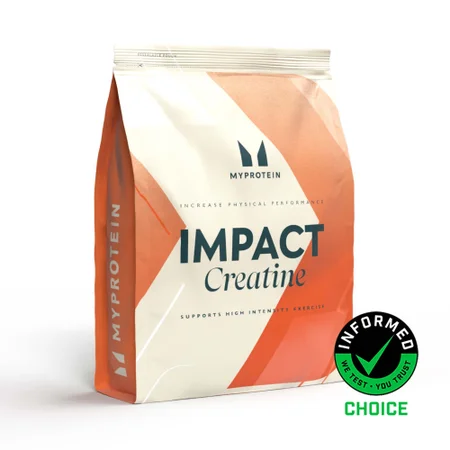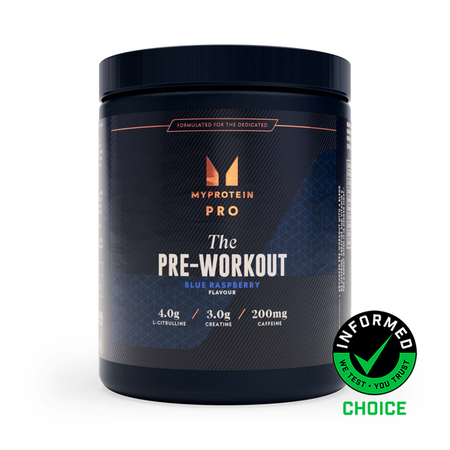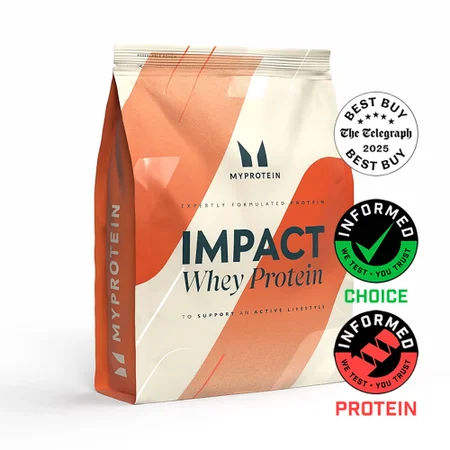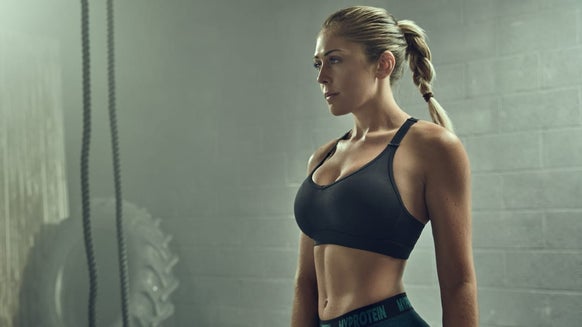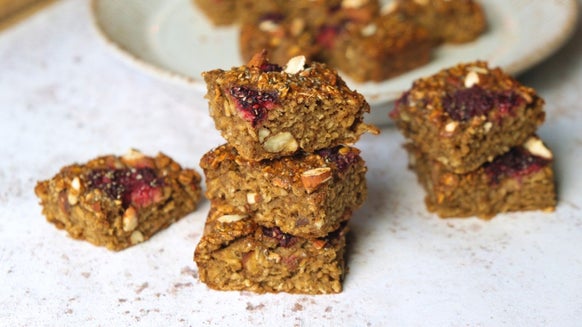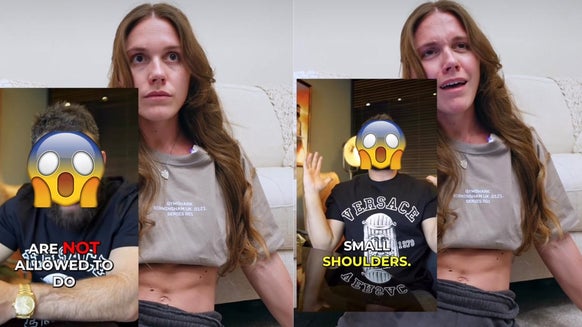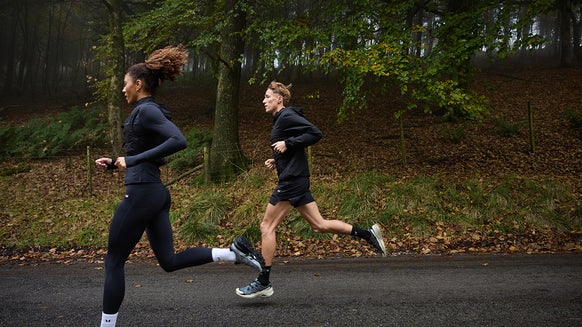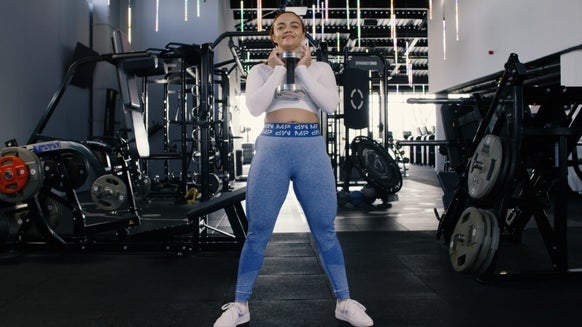
Basketball players need so many physical qualities that to continue to train without a workout plan can be naive and might not get you the best results. Each plan should be significant to an individual player and should focus on each individual's needs from addressing weaknesses to strengthen, injury potential as well as key movement patterns.
Having a knowledge of movement patterns and injury potential should start to shape part of the programme. These include ankle and knee injuries, lower back pain and injury with regards to injury and movement patterns include jumping and short sprint performance as well as strong upper and lower body stability for coming into contact and not getting dominated on the court. First of all, you need to do some tests to determine your baseline measurements and be able to quantify your improvements.
Measure Performance
Vertical Jump Power
Using a jump mat if available, or standing against a wall. On a jump mat follow the operational procedures, jumping high as you can both with and without the use of arms. Against a wall, put some chalk on your fingers and reach as high as you can with a flat foot. Then jump high as you can and reach to put a new chalk market the top of your jump. Measure the distance between the two. Repeat 3 times and take the average and the maximum.
Horizontal Jump Power
Using a tape measure and a long room. Lay out the tape measure and start at the ‘zero’ mark. Complete 5 standing broad jumps in a row and measure your total distance covered. Repeat 3 times and take the average and the maximum.
Sprint Speed
Using timing gates if available or a stopwatch (a stopwatch will be less reliable as there is human error to factor in). Set up a 10 m distance and mark out with cones. Sprint 10 m as fast as you can measuring the time with either device.
Agility
Set up a course measuring precisely between each marker or cone. One I find good to use is the 5-10-5 similar to the one used in the NFL combine; 3 cones set up 5 m apart. Start on the middle cone, sprint 5 m to one cone, sprint 10m to the far other side, sprint back to the middle. Repeat 3 times and take the average and the maximum.
Once these are measured, retest every 4-6 weeks to get an idea of if your training plan is working or if you need to focus on anything more than the other.
I will use an example training plan I have put together for a 13 year old basketball player currently playing at U16 level. His focus is on improving rate of force production, i.e. the speed at which he can produce force as well as his acceleration and jump height as well as reducing the likelihood of ankle and knee injuries.
Session 1
| Exercise | Week | |||||
| 1 | 2 | 3 | 4 | 5 | ||
| Squat | Sets | 3 | 3 | 4 | 3 | 4 |
| Reps | 8 | 6 | 4 | 8 | 3 | |
| Box Jump | Sets | 3 | 3 | 4 | 3 | 4 |
| Reps | 5 | 4 | 5 | 3 | 4 | |
| Seated Calf Raise | Sets | 3 | 3 | 3 | 3 | 3 |
| Reps | 12 | 15 | 8 | 10 | 8 | |
| Body Row | Sets | 2 | 3 | 3 | 3 | 3 |
| Reps | 10 | 8 | 12 | 6 | 10 | |
| Core (Rotation focus) | Sets | High volume rotations and anti-rotations | ||||
| Reps | ||||||
Session 2
| Exercise | Week | |||||
| 1 | 2 | 3 | 4 | 5 | ||
| Deadlift | Sets | 3 | 3 | 4 | 3 | 4 |
| Reps | 8 | 6 | 4 | 8 | 3 | |
| Plyometric step up | Sets | 3 | 3 | 4 | 3 | 4 |
| Reps | 5 | 4 | 5 | 3 | 4 | |
| Kettlebell Swing | Sets | 3 | 3 | 3 | 3 | 3 |
| Reps | 12 | 15 | 8 | 10 | 8 | |
| TRX Press up | Sets | 2 | 3 | 3 | 3 | 3 |
| Reps | 10 | 8 | 12 | 6 | 10 | |
| Core (Pelvis stability) | Sets | High volume planks, leg raises, TVA/Pelvic floor brace | ||||
| Reps | ||||||
Take home message
These workouts will bring on your performance leaps and bounds. For different positions, you can make the programme more jump dominant (squat based) or more sprint dominant (hip hinge based) depending on the needs of the team, position but also the individual athlete themselves.

